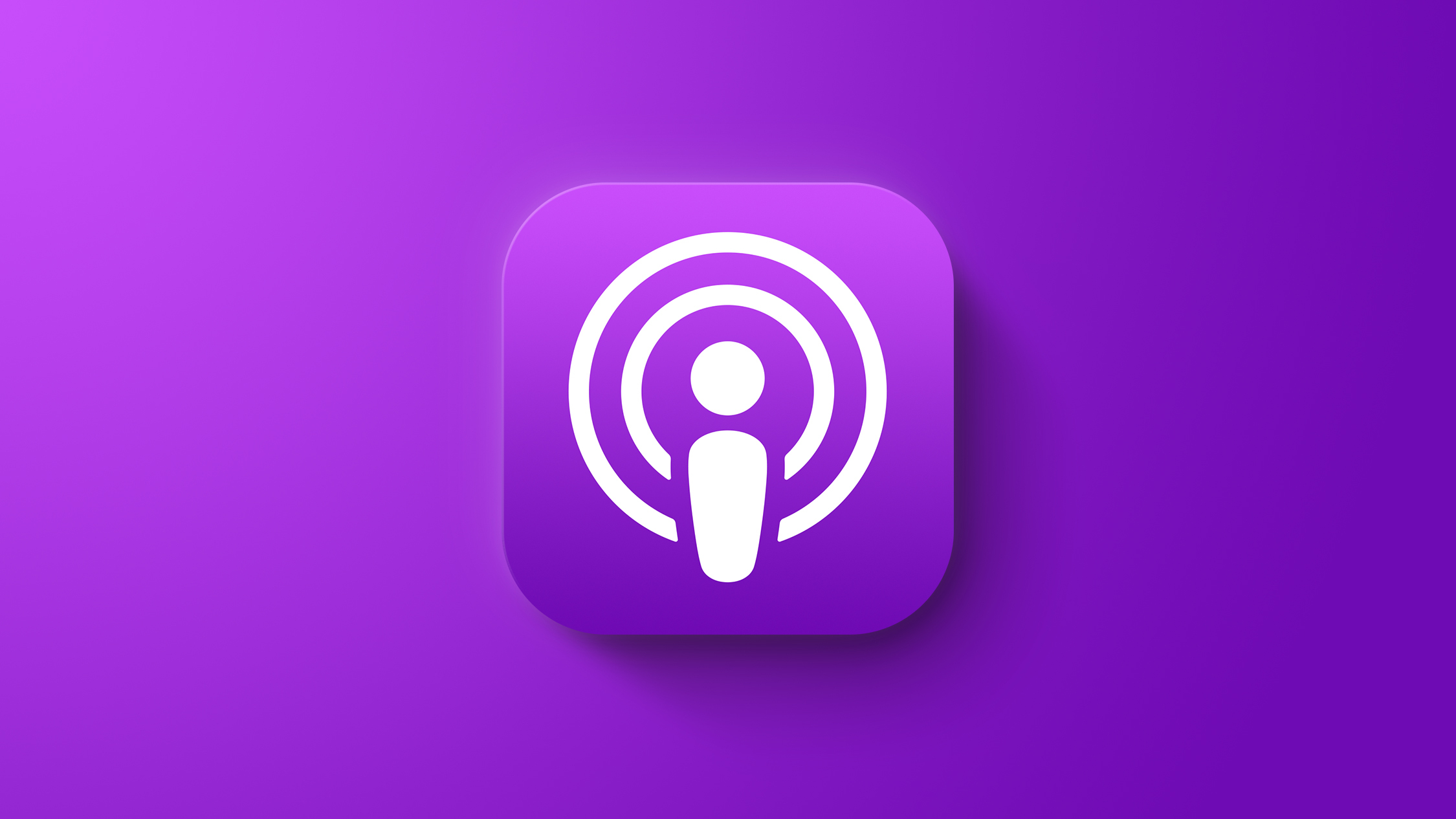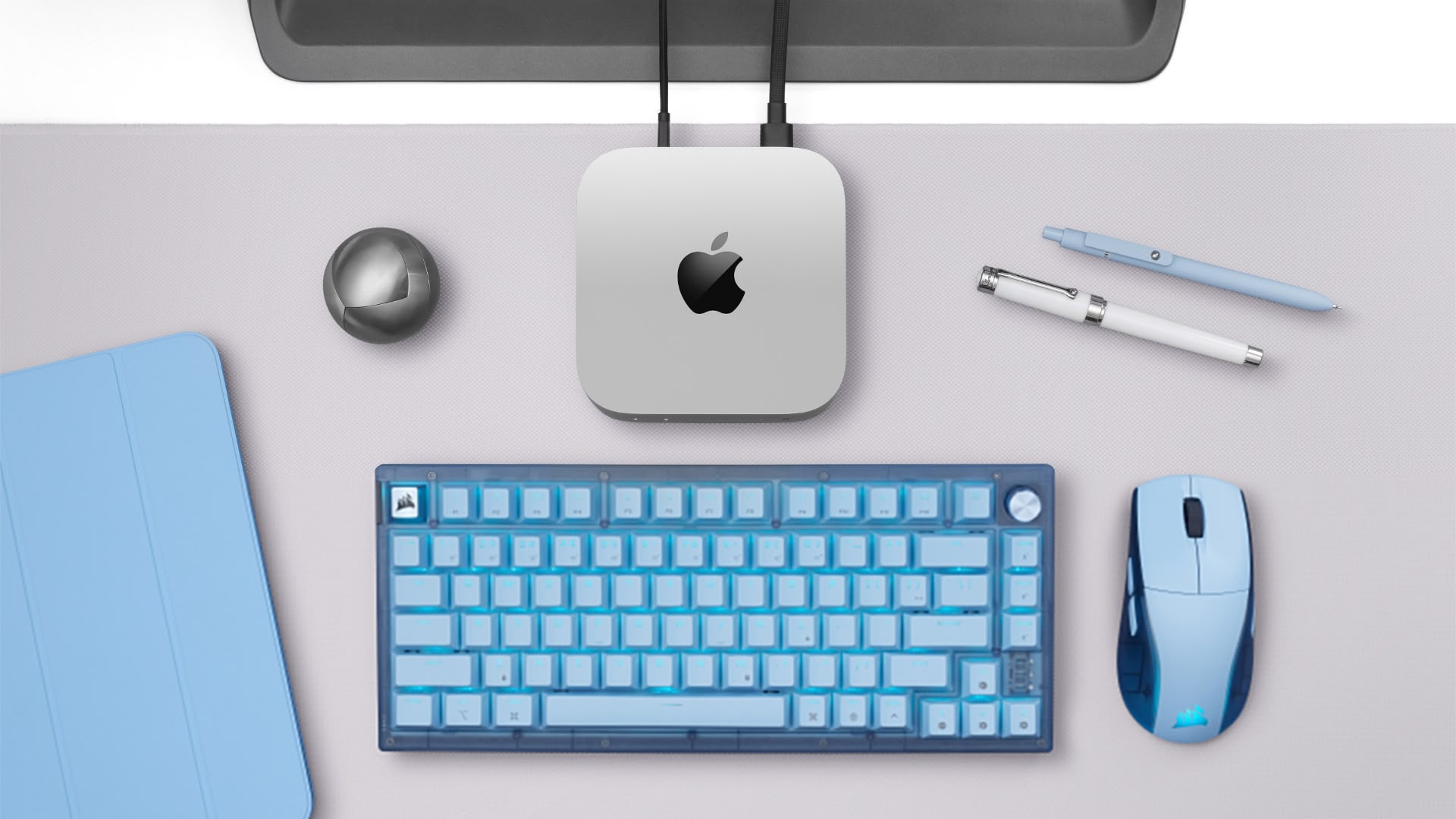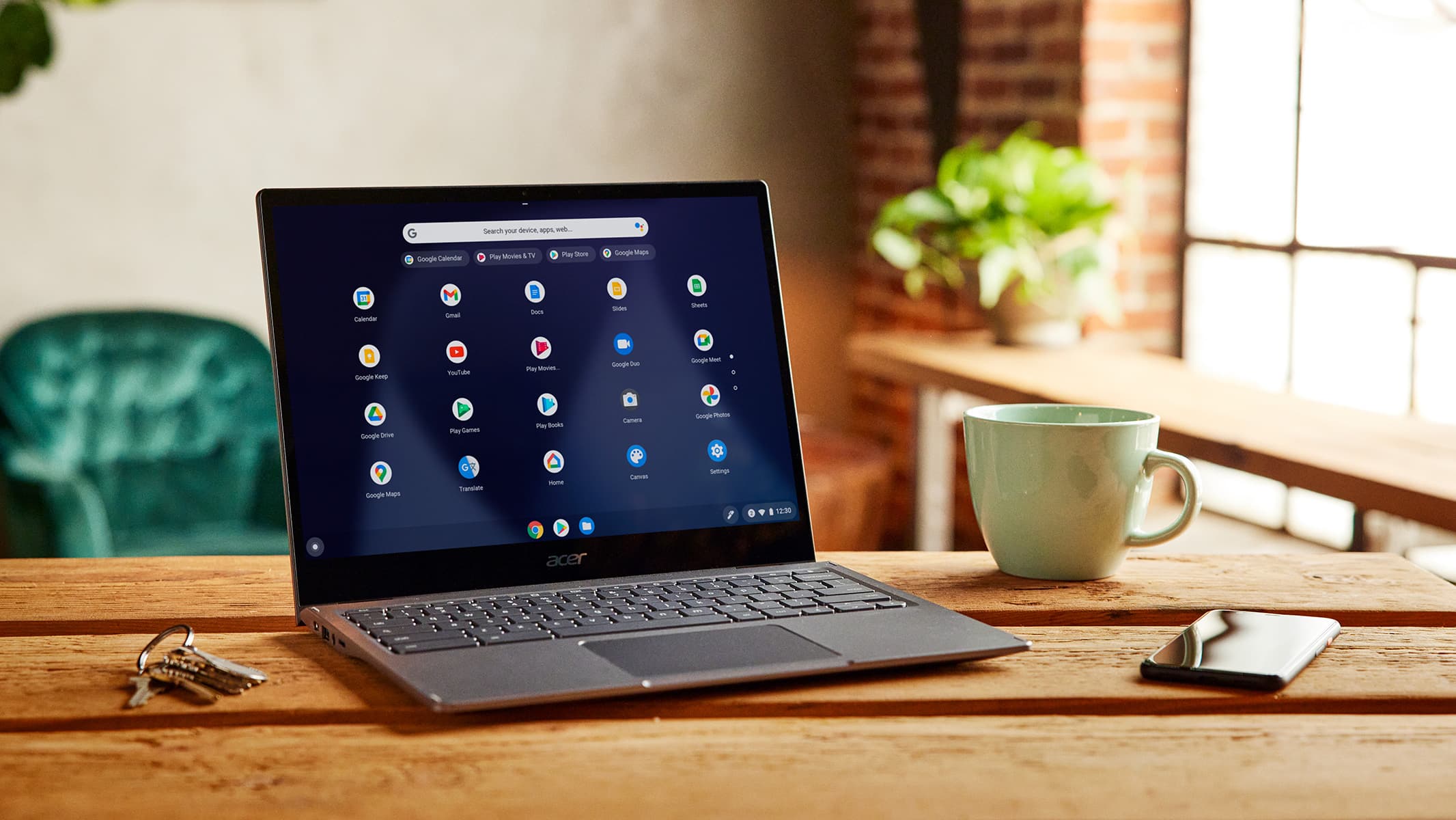Google Nexus 9- Review

the most highly satisfactory performance, jokes aluminum touches, Android Lollipop
Less sometimes hazardous Finishes, autonomy recessed screen unsatisfactory
Summary New version of Android, Nexus new range. This year Google has trusted HTC to design its new tablet called Nexus 9. Accustomed high-end devices, but not the tablet, Google he was right to trust the Taiwanese? Response in this test.
The new Nexus products are often expected as the messiah by lovers of new technologies, especially by fans of Android. And because The range has earned a reputation has two main advantages over bloated supply and Android smartphones and tablets.
The first was to offer high performance at low cost devices for performance-price ratio hardly beatable. To arrive at such a ratio, Google probably limited its margin to almost nothing but This allowed him to create a largely positive and deserved brand. Nexus devices have never disappointed.
The second: the Nexus branded products offer the Android experience “pure”. No wrapper which could come spoil the fun that we have to use their smartphone or unnecessarily burden the system. This makes sense, since they are systematically designed in partnership with Mountain View. In other words, Nexus devices actually serve to promote the new OS from Google.
Aluminum borders
An upmarket, as often, this results in the use of noble materials. With the Nexus 9 this requires a simple outline of aluminum. HTC declined to use the metal on the entire chassis, to preserve a certain lightness as says the brand. One can easily imagine that the cost is another parameter.
We end up with a rear face of plastic, a priori the same as that used on the Nexus 5 with a touch approximating a sheet of paper. The thing is not bad, but we still do not reach the pleasure derived from aluminum. Note also that it will have a tendency to mark easily, if the tablet is for example resting on a surface that is not totally clean.
HTC manages to offer a slate of 226 x 154 x 7.8 mm and weighs 425 grams. This is slightly less than the iPad Air 2 and 437 grams. The tablet is quite light and will not tire too quickly the user. It is however 1.7 mm thicker than the Apple machine. This is notable in the eye with the objects side by side, not really to use. It will easily slip into a bag.

It is also possible to compare the Nexus to the iPad Mini 9, since with its 8.9 inch screen, it actually comes to rest between the two Apple products. Next to the small tablet of Cupertino, it is only 0.3 mm thick as extra. Given the more rounded design of the rear face, slate seems actually thinner than its competitor Apple mini. HTC has placed its rear camera sensor very close to the corner of the slate, the nearest part of the goal, so come out slightly in the extension of the back without being prominent itself.
We can blame HTC finally some rough finishes, mainly at the junction between the aluminum edging and back plastic, it is possible without – too – force to pass a nail between. The premium effect takes a hit, but ultimately HTC comes out with the honors in terms of the overall appearance of the terminal.
Diagonal midwater
HTC has opted for a 8.9-inch screen between two waters. The marketing pitch is simple and clear: “small enough to fit in the palm of the hand, but big enough to work and watch a movie.” Beautiful promise.
On this point, it must be said qu’HTC has done things, the diagonal is suitable for most uses, even if it is perhaps a bit short for the extended video playback as a feature film.

Miss is in perfect contrast to consume content and surf the web, or even a little more productive uses. HTC is not wrong and it offers an optional keyboard cover, charged 129 euros.
However, it has a preference for web browsing that benefits very well the 4: 3 and QWGA definition (2048 x 1536) of the slab. Same as the iPad Air 2, reaches a resolution of around 287 ppi. In practice the pixels are not distinguishable, which is particularly pleasant to read text.
Mura Boulevard
We also like rendering fairly neutral colors that do not provide a “Wow” effect as the Super AMOLED from Samsung, but that will be more enjoyable through prolonged use. Brightness is finally right amount sufficient to use the slate in bright environments without much experience glare. This is not enough sunlight, as is the case on most tablets.
There is however a perfect, since the LEDs used to illuminate the slab have a tendency to drool on the screen, which will create a halo not very pleasing to the eye. This is what is called mura that the iPad 2 has paid the price. It especially noticeable when you look at the slate light counterweight.

Note, however, that when the display content and not just black, color distortion in these areas is by no means apparent to the eye. Only the border of light remark. It is more problematic however when we watch a movie, since we perceive the halo on black bands.
HTC like lollipops
As we said in the introduction, the Nexus is also used to launch the latest version of Android: Lollipop. We have already spoken at some length, but it should say something about this upd as attenuated.
The first novelty is primarily graphic, with this new charter called Material design. This major change shocks much less than that of iOS at its seventh iteration.
It is very significant to use, and the color gives a strong side hosting the system, which could somewhat austere if we do not personnalisait. This is particularly noticeable in the menu, for example settings where white becomes gray on black on white with blue-green accents for headings.
The same goes for multitasking, or the notification center, the OS seems more readable, clearer and more instinctive. It was one of the will of Google for its OS, the promise is kept. This serves admirably to the tablet, which proposes a largely positive user experience.
Denver, the first processor
A pleasure that is no stranger to the performance of the machine. This is a big novelty of this Nexus 9: it features a 64-bit processor, a first in the market for Android tablets.
This is Nvidia which must innovation with its Tegra processor K1 in its 64-bit version. The chip carries two ARM cores “Denver” (read homemade) up to a frequency of 2.5 GHz. Nvidia oblige, graphics performance put forward and to do that, the firm uses a graphics cores Kepler composed 192, the same as those used in video card of the brand.

Nvidia and unifies the two platforms, with a performance gain and especially facilities for developers who will be more readily PC games to mobile devices. For now this has not been followed frankly effects since games can exploit the capacity of the chip, but the thing will interest over time.
The brand is in any case true to its reputation with impressive performance, as well as for use in Benchmarks. Antutu thus delivers a score of around 54,000 points. This is rare. The games also behave admirably. There is nothing wrong about it.
The tablet has instead a tendency to heat up significantly when asked intensive tasks. Nothing to burn, but enough to be noticed. Finally, with only 16 GB of storage it will not be possible to expand via SD card, we can quickly find cramped.

Strings attached
These performances are unfortunately offset by a rather feeble autonomy. This is probably the main drawback of this Nexus 9, 6700 mAh battery will struggle to withstand daily use, a little heavy. Better board charger with you if you want to avoid hassles.
We found also a tendency to discharge in sleep, a problem may be more software order equipment. We will conduct further testing on this and come back to this point in the coming days.
All this still would if the battery is reloaded quickly, but the AC adapter from 7.5 Watts is not really swift. Allow at least 3 hours to charge the slate at a decent level.
Sensors unsurprisingly
It is on the back of the Nexus 1 September sensor 8 mpx aperture of f / 2.4 supported by an LED flash. Adding a flash tablet is not systematic in the competition, Apple for example, so it’s a nice touch.
The record is in line with what we find on the market today, no more no less, with a grain appears relatively quickly when the light downward. The LED flash can help in certain situations but as often it does not need to expect miracles.

The equally correct benefits with light. In any case, we must be patient as autofocus and shutter lag few latencies. This remains ultimately in line with what is required of a tablet, less suitable for capturing images that a smartphone.
The front sensor 1.6 mpx, opening also to f / 2.4 will be more than enough for video conferencing. That is its primary function. Unless Selfie be particularly fond of, but again, it is more common with a smartphone with a tablet.
absent Basses
HTC requires the Nexus 9 a right to treatment manufacturer BoomSound. Two speakers are found on the front, making their small effect when the tablet was ahead. The solution had already been proven on the HTC One.
We appreciate mids and treble pretty well proportioned and high volume without saturation. This does not saturate, and this is normal because the speakers are starved bass, it is virtually non-existent. So we will only watch videos on YouTube. Point.
Expect competition
Ultimately, we must admit that it is apparent from the Nexus September 1 positive feeling for two main reasons: performance and Android Lollipop. Its autonomy in the background, the Mura effect and a slightly haphazard assembly will tarnish the table.
Under these conditions we wonder still if the Nexus 9 is justified as a replacement terminal. In other words, it must replace its current tablet Nexus 9? If an update is scheduled to lollipop, this is not frankly not worth.
In the opposite case, first purchase or to replace an aging tablet, the question is more ardently. With no doubt, it will not disappoint, but it might be wise to wait to see what will offer competition in the coming months, when the Nexus 9 no longer the monopoly of the lollipop.





